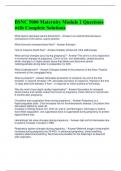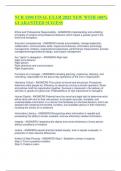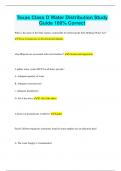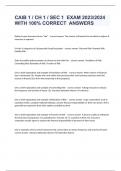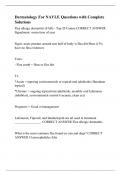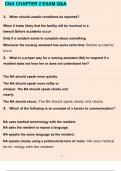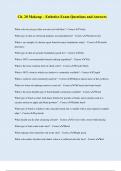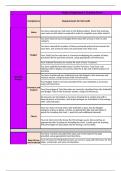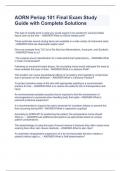Exam (elaborations)
BSNC 5000 Maternity Module 1 Questions with Complete Solutions
- Course
- Institution
BSNC 5000 Maternity Module 1 Questions with Complete Solutions What factors decrease uterine blood flow? - Answer-Low arterial blood pressure, contractions of the uterus, supine position What hormone increases blood flow? - Answer-Estrogen How to measure blood flow? - Answer-Doppler ultra...
[Show more]
